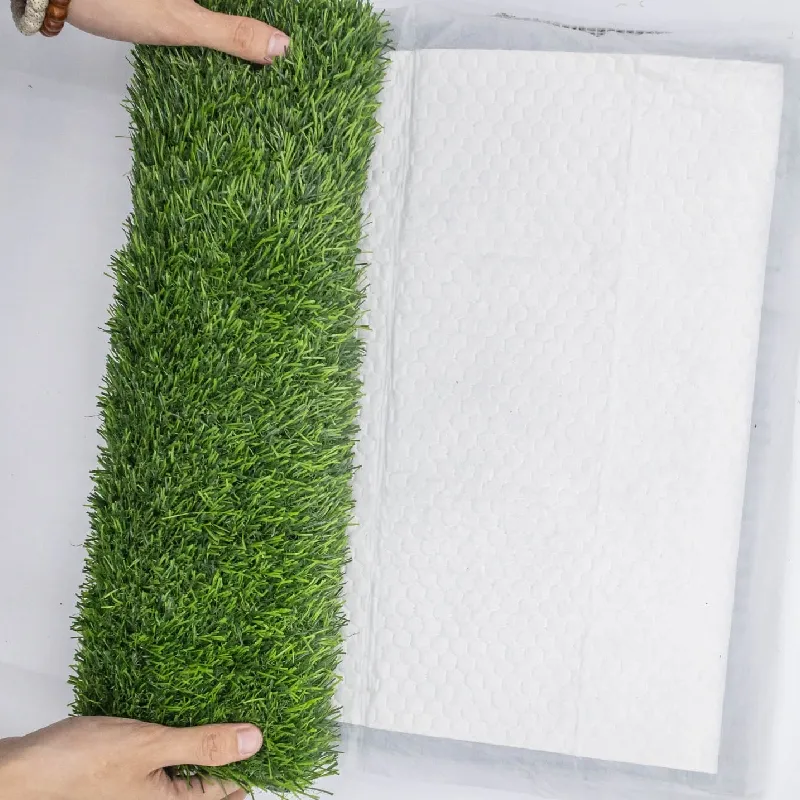
- Afrikaans
- Arabic
- Belarusian
- Bengali
- Czech
- Danish
- Dutch
- English
- Esperanto
- Estonian
- Finnish
- French
- German
- Greek
- Hindi
- Hungarian
- Icelandic
- Indonesian
- irish
- Italian
- Japanese
- kazakh
- Rwandese
- Korean
- Kyrgyz
- Lao
- Latin
- Latvian
- Malay
- Mongolian
- Myanmar
- Norwegian
- Persian
- Polish
- Portuguese
- Romanian
- Russian
- Serbian
- Spanish
- Swedish
- Tagalog
- Tajik
- Thai
- Turkish
- Turkmen
- Ukrainian
- Urdu
- Uighur
- Uzbek
- Vietnamese
Artificial Turf versus Natural Lawn for Outdoor Spaces
Sep . 30, 2024 09:37 Back to list
The Debate Fake Grass Over Real Grass
In recent years, the choice between artificial grass and natural grass has sparked considerable debate among homeowners, landscapers, and environmentalists. While both options have their merits, many are leaning towards fake grass for a multitude of reasons, ranging from practicality to environmental considerations. This article will explore the advantages of artificial turf over traditional grass, weighing the pros and cons to help homeowners make informed decisions.
One of the most significant advantages of fake grass is its low maintenance requirement. Unlike natural grass, which demands regular mowing, watering, fertilizing, and pest control, artificial turf is virtually maintenance-free. Homeowners can save precious time and money by eliminating lawn care chores such as weekly mowing or pest treatment. For busy families, professionals, or individuals looking to simplify their outdoor responsibilities, the appeal of having a beautifully green lawn without the upkeep is undeniable.
The Debate Fake Grass Over Real Grass
Moreover, artificial grass helps conserve water, an ever-important consideration in today’s environment, where droughts and water scarcity are becoming increasingly common. Maintaining a natural lawn typically requires substantial water usage, which can lead to higher utility bills. On the other hand, fake grass does not require watering, significantly reducing water consumption. This conservation of resources can be an attractive factor for environmentally conscious homeowners looking to decrease their ecological footprint.
fake grass over real grass

Additionally, artificial grass means no pesticides or fertilizers are necessary, which can contribute to environmental pollution and harm local wildlife. The use of synthetic grass minimizes exposure to harmful chemicals often used in lawn care, making it a safer option for children and pets who may spend time outdoors. This safe environment can encourage outdoor play and physical activity, providing wholesome benefits to families.
While the advantages of fake grass are compelling, it is essential to acknowledge the concerns associated with artificial turf. One major concern is its environmental impact, particularly in terms of the materials used and the disposal of old turf. Most synthetic grasses are made from non-biodegradable plastics, which can contribute to landfill waste if they are not recycled properly. Additionally, the production of artificial turf can have a significant carbon footprint, raising questions about its sustainability in the long run.
Furthermore, the texture and temperature of fake grass can differ from natural grass, leading to discomfort during hot weather. Artificial turf can become significantly warmer than natural grass, which can be uncomfortable for both people and pets who wish to enjoy the outdoors. The sensation of walking on synthetic fibers is also different from the soft, cool feel of natural grass, which some may find less appealing.
In evaluating the choice between fake grass and real grass, it appears that both options have pros and cons. While artificial grass offers ease of maintenance, durability, water savings, and reduced chemical exposure, there are environmental considerations surrounding its production and disposal. Ultimately, the decision depends on individual priorities, lifestyle, and environmental values.
In conclusion, the debate surrounding fake grass versus real grass is multifaceted, involving ecological, social, and personal dimensions. As homeowners weigh their options, it is crucial to consider how each choice aligns with their values, lifestyle, and the specific needs of their outdoor spaces. Whether one opts for the convenience of synthetic lawn or the quintessential charm of natural grass, the goal should always be to create a vibrant and welcoming outdoor environment.
-
The Benefits of Artificial Turf for Indoors
NewsJul.15,2025
-
How Artificial Grass Suppliers Ensure Quality Products
NewsJul.15,2025
-
Artificial Grass and Pets: A Space for Relaxation
NewsJul.08,2025
-
Balcony & Outdoor Decoration with Artificial Grass
NewsJul.08,2025
-
Best Indoor Artificial Grass for Home
NewsJul.07,2025
-
Best Pet Turf for Dogs: Safe & Durable Artificial Grass Options
NewsJul.07,2025
Products categories









